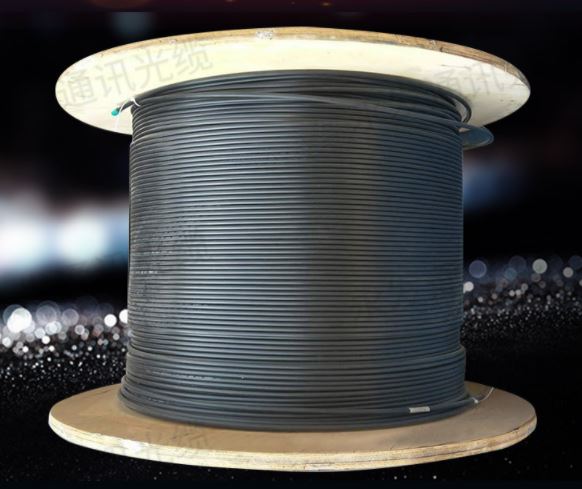sales@tecnotools.com.au
sales@tecnotools.com.au
Call us: 0433 734 100

Ethernet cables are the lifelines of modern connectivity, essential for establishing stable and high-speed wired internet connections in homes, businesses, and various institutions. Choosing the appropriate ethernet cable can significantly impact your network's performance and reliability. In this guide, we'll walk you through the factors you should consider to select the right ethernet cable for your specific network requirements.

Ethernet cables are categorized based on their capabilities and specifications. The most common categories include Cat5e, Cat6, Cat6a, and Cat7. Here's a brief overview:
The required network speed is a key factor in determining the appropriate Ethernet cable category. If you need high-speed connections, such as for gaming, streaming, or large data transfers, opt for Cat6 or higher categories to ensure optimal performance.
Consider the layout of your network and the distance between devices. Cat5e and Cat6 cables are suitable for shorter distances, typically up to 100 meters (approximately 328 feet). If you need to cover longer distances, especially in commercial installations, consider Cat6a or Cat7 cables which can maintain higher speeds over extended lengths.
It’s possible to find in the market a good supplier of ethernet cable reels with hundreds of meters. This is particularly useful for large projects where a significant amount of cable is needed.

Consider the environment in which the ethernet cables will be installed. If the cables will be exposed to harsh conditions, such as extreme temperatures or outdoor settings, opt for cables with appropriate shielding and jackets designed for such environments to ensure durability and longevity. In fact there are outdoor ethernet cables in the market that are already capable of withstanding harsh conditions.
Ethernet cables come in two primary types of shielding: Unshielded Twisted Pair (UTP) and Shielded Twisted Pair (STP). UTP cables are more common and suitable for most indoor environments. STP cables have additional shielding to protect against electromagnetic interference and are ideal for environments with high interference levels.
While the latest and highest category cables provide the best performance, they also tend to be more expensive. Balance your budget with the required performance for your network. If your network needs to align with a lower category cable, investing in higher categories may not yield significant benefits.
Technology is continually evolving, and so are network requirements. To future-proof your network, consider investing in a higher category cable than your immediate needs dictate. This ensures that your network can accommodate higher speeds and emerging technologies as they become mainstream.
If you're unsure about the best ethernet cable for your specific needs, it's always a good idea to consult with networking professionals or a reliable supplier of ethernet cables. They can provide tailored recommendations based on your network requirements and guide you to make an informed decision.
Choosing the right Ethernet cable is crucial for a reliable and high-performing network. By considering factors like cable category, network speed requirements, cable length, environmental conditions, shielding, budget, and future-proofing, you can ensure that your network is well-equipped for your current and future needs. Invest wisely and enjoy a seamlessly connected digital experience!